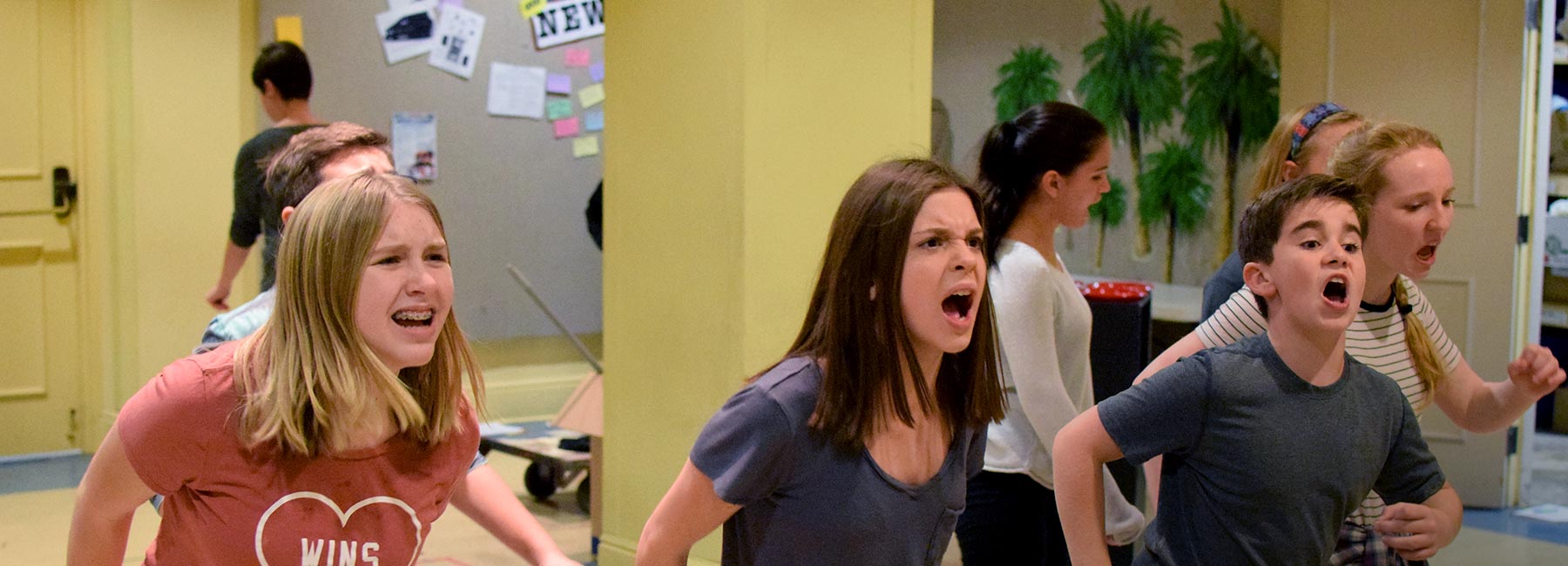I’ve been thinking about breaking systems. After departing from my position at a regional theatre, I needed time to reflect on and heal from that very challenging experience. Just a few months before, my aunt shared that she needed a more affordable place to live, closer to my mom, and hoped to move in just a little over a year. So I devoted my post-departure energy to rebuilding my grandparents’ old house.
Every project challenged my assumptions about systems. The house had no running water. None of the electrical wiring was up to code. The entire first floor was on one circuit breaker (yikes). The front porch and coal cellar had caved in due to a fallen tree that cracked the six-inch thick concrete slab floor and crushed the walls below. There wasn’t a room or a major system that didn’t need significant work. Recently unemployed, I had about $2,000 and my family’s time and know-how available to me.
This rebuild was one of the most clarifying experiences of my life. The constraints forced me to make brutally practical decisions about what I wanted to do versus what was necessary to do. The work was back-breaking, messy, frustrating, and (ultimately) illuminating. I thought a great deal about theatre-making, and since then, I’ve been pondering some things.
If I had asked people what they wanted, they would have said faster horses.
— Henry Ford
Last January, I was chatting with colleagues after the morning SPARK sessions offered by TYA/USA and IPAY (International Performing Arts for Youth) in Philadelphia, PA. They’d just attended “Two Worlds, One Home – Presenting and Producing,” and were grappling with the juggernaut of our profession: the desire for new, original stories and the financial practicalities of adaptations. Apparently the room was abuzz with laments on the “tyranny of the title” one moment, yet sighing wistfully the next when the participants learned that Adventure Theatre had obtained the rights to adapt Blueberries for Sal. My not-so-stoic poker face revealed my consternation and they paused. I responded, “We’re perpetrating a system that’s stifling us, and we don’t know how to break free.”
We’ve all been there. Take a financial risk on a new play or keep the doors open and the staff employed? Tie into the school curriculum and fill the 10am performance or expend resources to convince schools of the indirect benefits of live theatre? Balance the budget with one new play and three known titles? Many theatres are walking the razor’s edge of cultivating original work and still remaining financially solvent – no small miracle in this economy. But what if – WHAT IF – we wanted to produce an entire season of new work? Maybe two or three or ten seasons in a row?
What If?
What if we didn’t have to sustain a building to house our productions? How would that free us? The National Theatre of Scotland asked this question just over a decade ago and created a model of a national theatre that could go TO its audience, rather than expecting its audience to come to it. Does the value of building-based theatre balance with the effort it takes to sustain the overhead costs?
What if we stopped pushing our human resources past the limit in order to stretch programming to secure grant money? Could we convince an individual donor to sponsor time to recharge our creative batteries so we don’t have to take on yet another project to make ends meet? I love that Indiana Rep gives donors the opportunity to sponsor the creative work of individual staff members.
What if we spent more energy amplifying small, everyday accomplishments and less energy chasing the white whale of The Biggest Achievement? I’m thinking of Liz Lerman’s gesture when she indicates a gentle shift from vertical (hierarchical) to horizontal (pluralistic). How can we telegraph our personal excitement about an original story in a way that connects to our audiences?
Naïve … or Radical?
One of my most vivid memories of restoring the house was the day my dad taught me how to put in an electrical outlet. Like most houses built in the 20s, this house was lacking in conveniently placed outlets. Typically I wouldn’t think twice about cutting into a wall, but these walls were plaster and lathe, not drywall. One minute you’re cutting a 3- x 4-inch hole for an electrical box, the next minute you’ve got 3- x 4 foot pile of plaster on the floor. Dad’s attitude was, “If the wall falls apart, we’ll make a new one.” As we pried away the baseboard, I found a yellowed newspaper clipping of my grandmother when one of her oil paintings won first place at the Ellwood City Art Show. That oil painting happened to be a portrait of two-year-old me, and I never knew she’d even entered it in an art show. Restoring that house has definitely taught me that sometimes I have to break things to discover what I never knew …
A great many of us are ready for radical change in American TYA. We’ve made respectable progress in the last 30 years in areas of inclusion, gender-parity, diversity, and content, though we still have much further to go. But how much have our institutions and operations really changed in the last 30, even 50 years? How are our “patterns of doing” and assumptions enabling practices that stifle our creativity and pull our gaze away from bigger horizons? How are we participating in the machinations of institutional theatre-making and how might we disrupt that system to our advantage? How can the institutional architecture sustain the art instead of the art sustaining the architecture … and do we need we need that architecture at all?



